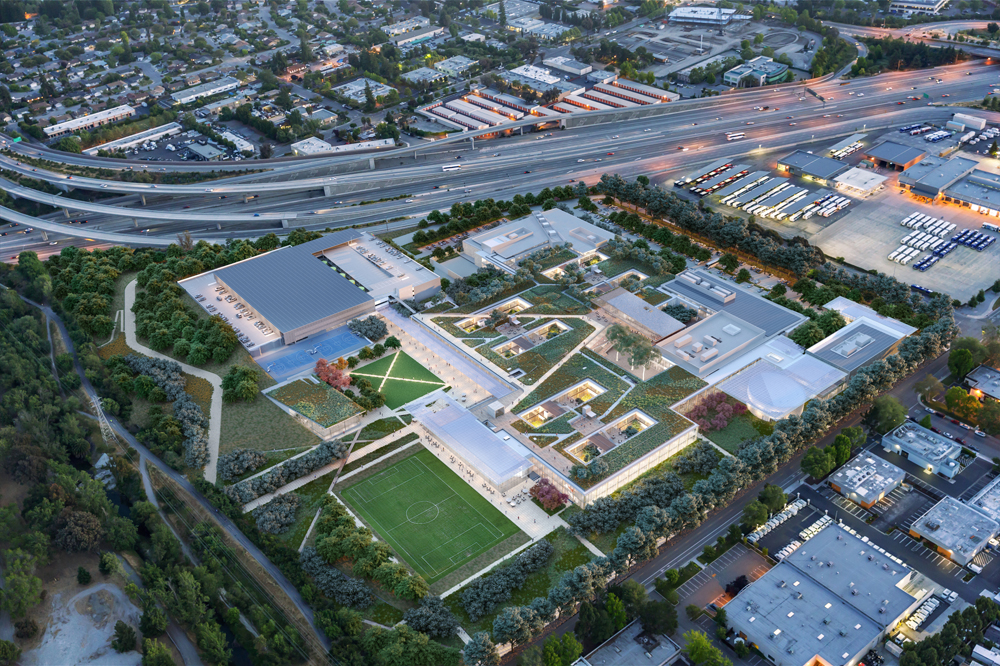Water is a precious, but finite, resource that is critical to every person, being and entity on this planet. It’s also a resource that is increasingly difficult to obtain. Already, water scarcity is an issue on every continent. And this challenge is only expected to grow, as the United Nations projects that global water demand will outstrip the supply by 40 percent by 2030. California frequently faces water scarcity; the state has experienced numerous severe droughts in the past decade. The impacts of these droughts are felt by nature, communities, and companies.
Water scarcity is a global problem that must be addressed at the local level, and at Microsoft we are steadfastly committed to sustainable water management. Microsoft has a comprehensive water strategy which includes understanding the water-related risks and business impact in the places where we operate, setting goals and improving our water use, and advancing innovative solutions to water challenges. Today I’m excited to share how we’re furthering our commitment to water stewardship in Silicon Valley – our new campus will be the first tech campus with a net-zero water certification.
This means that 100 percent of the building’s non‑potable water will come from rainwater or recycled water. Beyond drinking fountains and sinks and showers, not a drop will come from municipal reservoirs. This involves a lot of work – from design and construction to the actual operation of a wastewater treatment facility on site.
Here’s a brief overview of how it will work, though I encourage you to experience the full story here:

The focus on water builds on our commitment to water stewardship and the investments we make in the communities we serve. We’re working within our operations and with our partners to address local water issues. That includes our partnership with Ecolab to develop the Water Risk Monetizer, a modeling tool that enables businesses to factor current and future water risks into their decision making. The WRM has already enabled Microsoft to reduce water consumption in our datacenters. In Seattle, Microsoft has partnered with the Nature Conservancy, to develop machine learning and geospatial solutions to address pollution from water run-off. And our recently launched AI for Earth program is working with partners like Chesapeake Conservancy to enable precision conservation in the Chesapeake Bay.
While water is a primary focus for the Silicon Valley Campus, given the water scarcity issues in the region, we also thought holistically about sustainability in the design, just as we do as a company. Our plans will dramatically reduce energy use through thermal storage and passive design strategies like natural ventilation and daylighting, as well as include the installation of solar panels across the campus. A 4-acre living green roof will cover the main buildings and support the local ecology, as well as our employees’ access to nature. And just like in Puget Sound, we’ll leverage our own technology further improve energy efficiency, using our Energy Smart Buildings solution.
Our goal with this campus redevelopment isn’t just to build something new to accommodate Microsoft’s growth, but to showcase what’s possible when we think holistically and work to address environmental challenges from the ground up. Check out this microsite for regular updates on what we’re doing to build smarter, greener campuses in Silicon Valley and Puget Sound: https://news.microsoft.com/modern-campus

